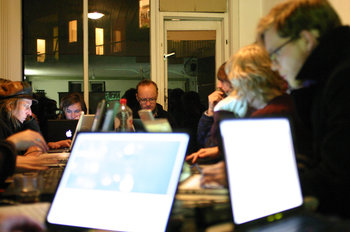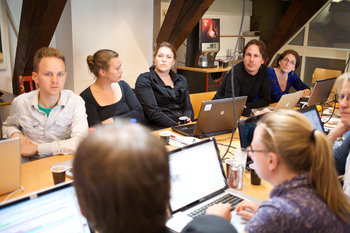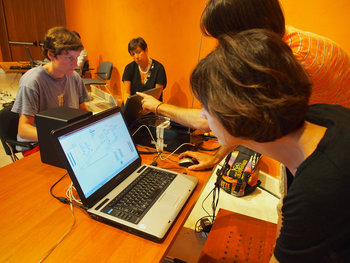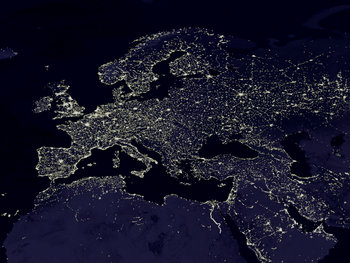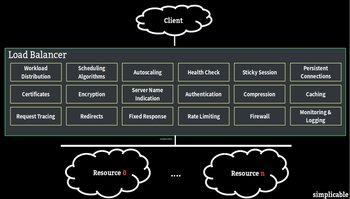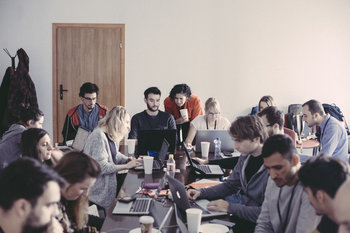
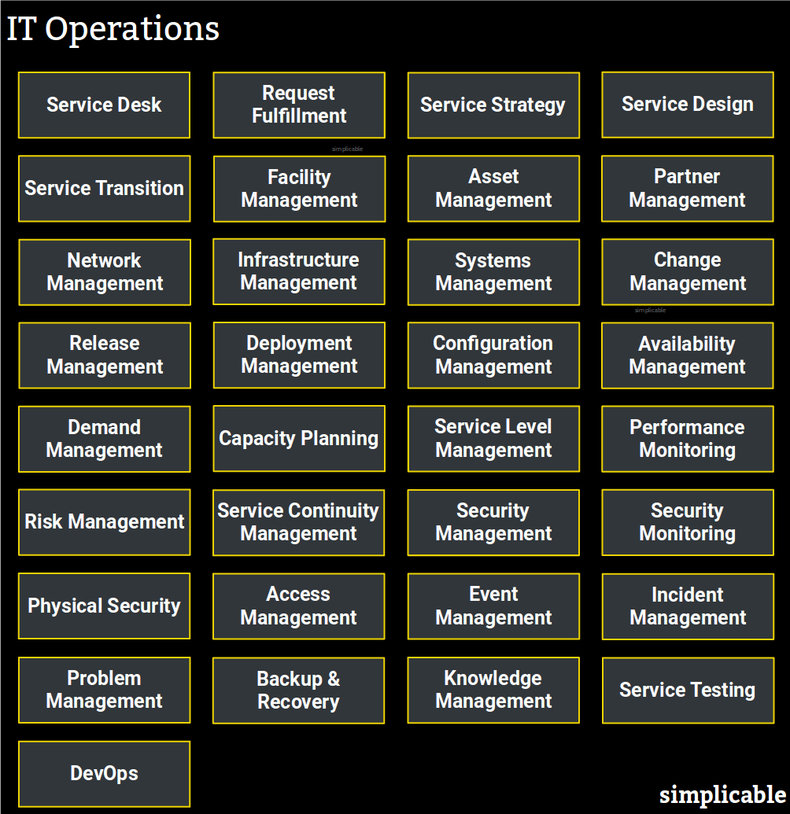
Service Desk
A single point of contact for stakeholders to submit requests and questions regarding IT services. This represents as the customer service interface for all IT operations processes.Request Fulfillment
The process of accepting requests from stakeholders and fulfilling such requests. This often utilizes a ticket management system that allows users to submit requests. Tickets are then prioritized and assigned to individuals or automation for servicing.Service Strategy
The top level process of assessing customer needs, planning goals and developing strategies for IT services.Service Design
The design of services to achieve service strategy including elements such as facilities, infrastructure, systems, processes, procedures, information, communications and metrics.Service Transition
The top level process of deploying new services and changes to existing services. This includes elements such as change management, release management, deployment management and service testing.Facility Management
The management of facilities such as data centers. This may be handled by an IT operations team or it may fall under a separate facility management department. It is often outsourced.Asset Management
The process of monitoring and accounting for tangible assets such as computing units and intangible assets such as software and knowledge.Partner Management
Managing suppliers and outsourcing partners such as infrastructure providers and security monitoring services.Network Management
The process of deploying and operating networks.Infrastructure Management
Management of IT infrastructure including network, computing, power, cooling and security services and equipment.Systems Management
Managing systems and applications. It is common for development teams to manage their own systems but operations often plays a role in monitoring systems to escalate issues, faults and incidents.Change Management
Accepting, reviewing, prioritizing, scheduling, implementing and communicating change.Release Management
The process of releasing software to environments.Deployment Management
Managing the deployment of changes to an environment. An element of release management.Configuration Management
Configuration management is the process of capturing, retaining and using information regarding the state of infrastructure, software and knowledge to support processes such as release management, deployment, rollback, incident management, problem management, security management and audit trail.Availability Management
The management of facilities, infrastructure and systems for high availability. This encompasses the end-to-end process of reducing downtime including elements of design, monitoring and testing for high availability.Demand Management
The process of predicting and modeling demand for IT services to plan strategy and shape operations.Capacity Planning
Planning resources such as facilities, infrastructure, licenses and labor in order to achieve strategy and service levels.Service Level Management
The end-to-end process of strategy, planning, design, resource allocation, monitoring and event management to achieve service levels for IT services.Performance Monitoring
Monitoring the performance of IT services including service desk, infrastructure, platforms and systems.Risk Management
The identification and treatment of risk.Service Continuity Management
The management of high impact risks to IT services such as disasters.Security Management
The top level process of protecting the confidentiality, availability and integrity of IT services and assets from threats and vulnerabilities. A specialized type of risk management.Security Monitoring
The identification and handling of threats, events and patterns that are relevant to information security.Physical Security
The process of securing physical environments such as data centers, offices and infrastructure installations.Access Management
Managing the authorization and authentication of people and digital entities to grant or deny access to physical and digital resources.Event Management
Detecting, assessing and handling events and patterns of events.Incident Management
Identifying and fixing issues with IT services. Often results in a quick and temporary fix.Problem Management
The process of addressing the root cause of incidents so that they do not recur.Backup & Recovery
Backing up environments and data and recovering them as required.Knowledge Management
Processes for developing, capturing, securing, sharing and using knowledge.Service Testing
Testing services against requirements and specifications. Often heavily automated.DevOps
DevOps is the practice of automating IT operations. In the past, operations teams were viewed as administrators. Devops is a shift whereby operations teams are often developers who reduce toil with code.| Overview: IT Operations | ||
Type | ||
Definition | The process of implementing and delivering information technology services. | |
Related Concepts | ||












